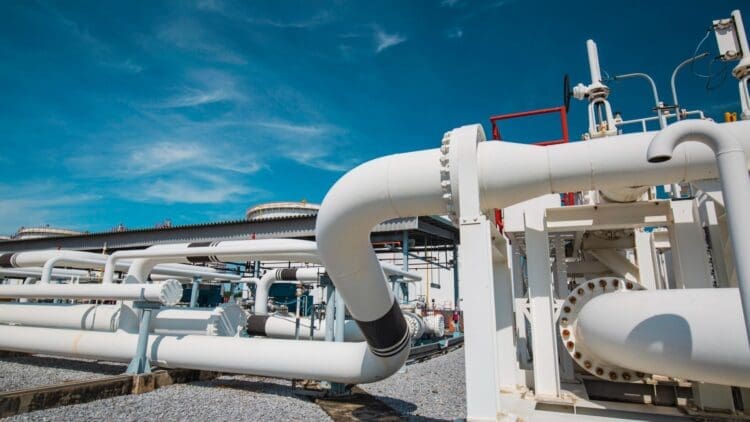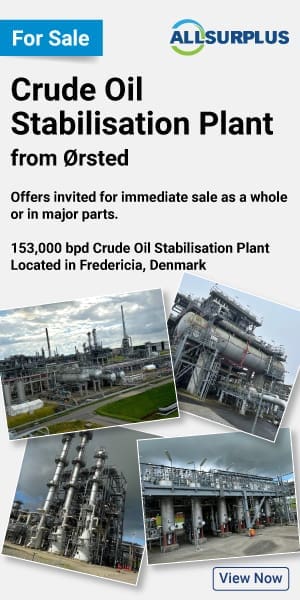With the Ukraine war continuing to ravage Europe, the EU is set to eliminate Russian LNG imports by 2027, a year before initially planned. This could completely reshape the global midstream sector and potentially enable the United States to step in and compensate for the loss in capacity. The ongoing war in Ukraine has led the EU to impose new sanctions on Russia, specifically on the import of Russian gas and energy into the region. With the new accelerated timeline to phase out Russian imports, Europe’s midstream sector may need to lean on other nations.
The EU has stated that it is fully capable of replacing Russian LNG
As the EU has now placed a new restriction on the importing of Russian energy resources, the question becomes, what will they replace it with? To calm the sector down a bit, the EU has noted that it is fully capable of replacing Russian LNG imports.
The EU has noted its plans to alleviate the pressure on the midstream sector by leaning on the United States and Qatar to replace the imports of LNG from Russia. While the EU bloc has dramatically reduced its reliance on Russian gas by 90%, it still imports around €11 billion worth of Russian energy so far this year.
The global fuel price saw an astonishing increase in 2022 when Russia invaded Ukraine, leading to long lines outside of gas stations around the world. While the market has recovered, many have pointed out that the European upstream sector still faces problems in compensating for the loss of capacity.
“2027 is a key year for new LNG export capacity, especially from the U.S. and Qatar. There is enough coming online to make up for a Russian shortfall, especially if Russian LNG can just flow into other markets like China.” – Florence Schmit, energy strategist at Rabobank
The United States and Qatar have plans to step up their exporting of gas to Europe
The United States and the nation of Qatar are set to increase gas generation capacity in the next few years, and as Europe phases out Russian energy by 2027, those two countries are set to pick up the slack.
The U.S. is expected to add more than 50 mtpa of capacity by 2027, which will reinforce its standing as the world’s top LNG exporter. America currently supplies over 50% of the EU’s LNG needs, which could increase to approximately 70%, according to industry analysts.
Qatar is poised to become a major exporter as well. The Middle Eastern nation has invested vast amounts of money into its upstream capacity, enabling it to export more energy resources to Europe in the years to come. Qatar’s North Field expansion has set the stage for a dramatic increase in capacity, which it would happily divert to Europe, for the right price, of course.
The market will not feel the effect of phasing out the Russian energy supply, as noted by several industry insiders.
““Halting Russian LNG imports in Europe should have minimal impact on gas prices.” – Anne-Sophie Corbeau, a scholar at the Columbia University Center on Global Energy Policy
Some nations are still doing business with Moscow and have big plans to develop more projects
While the EU aims to end its energy relationship with Russia, other nations have stepped in, like an ex-boyfriend, to take advantage of the phase-out of Russian gas and energy. China has announced a ten-year plan alongside Russia to build a new pipeline to transport gas between Mother Russia and Asia, which at the moment is still doing business with Moscow. The EU will need to lean on its strategic partners like the United States and Qatar to compensate for the loss of capacity from Russia, but the midstream sector may need to adapt to accelerate the successful transition to other suppliers.






